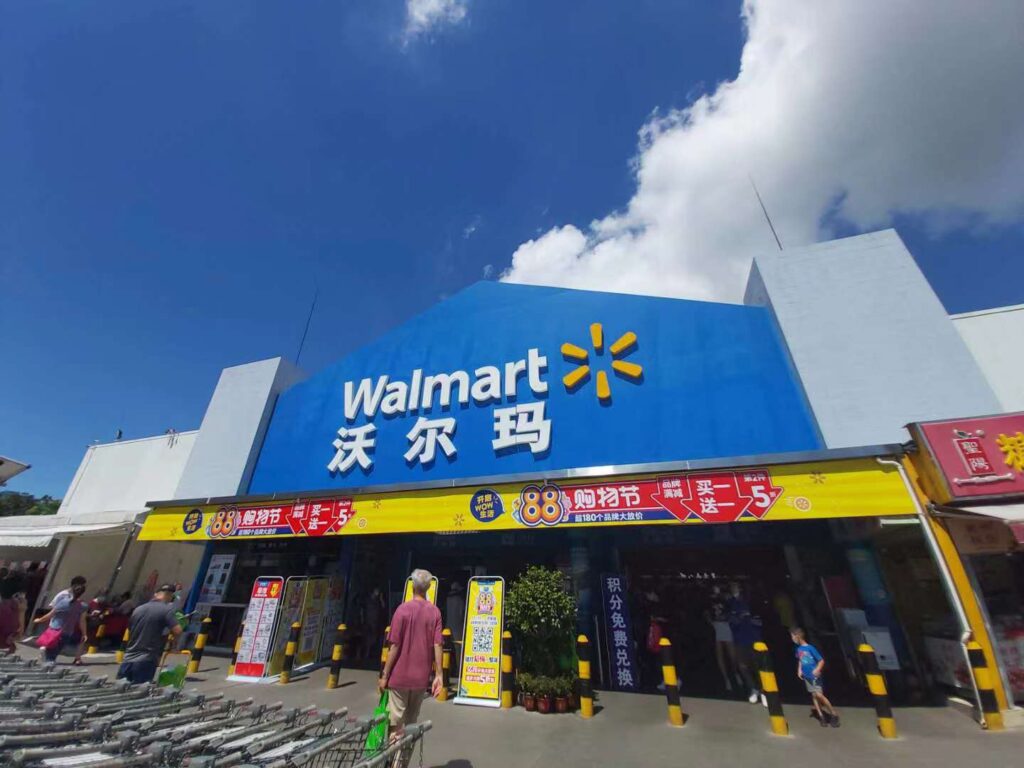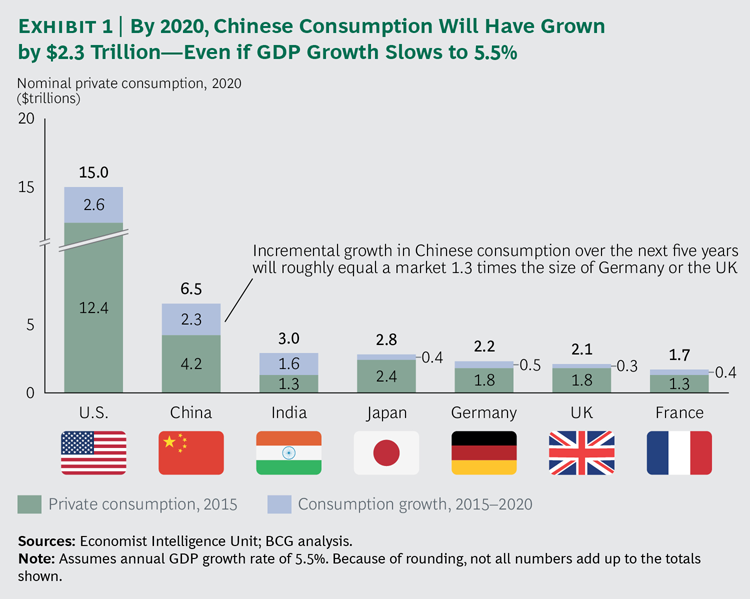Over the past week, I have been thinking about Walmart selling its entire JD.com stake unexpectedly. The implications of this decision have not been described adequately, nor have the future impact been discussed. What are the consequences for both Walmart and JD.com?
This story started in 2011 when Walmart made an undisclosed minority investment in Yihaodian. In 2015, Walmart acquired the remaining shares in the e-commerce platform Yihaodian for an undisclosed amount. It is important to note that in June 2015, the Chinese government started allowing total foreign ownership of some e-commerce businesses. This decision was to encourage foreign investment and competition in the e-commerce sector. In 2016, Walmart sold Yihaodian to JD.com and acquired 5% of JD.com stock at a valuation of $1.5B. The company also started a strategic partnership with JD.com.
The strategic partnership included:
- JD.com will acquire the Yihaodian marketplace platform assets, including the brand, website, and app. At the same time, Walmart will continue to operate the Yihaodian direct sales business and sell products in the marketplace.
- Sam’s Club China plans to open a flagship store on JD.com, expanding its high-quality imported products availability in China, offering same- and next-day delivery through JD.com’s nationwide warehousing network.
- Walmart and JD.com are partnering to enhance product selection across China by leveraging their supply chains and expanding the range of imported products.
- Walmart will be listed as a preferred retailer on JD.com‘s O2O JV Dada, boosting online traffic and allowing customers to order fresh food and items for 2-hour home delivery while maintaining its physical stores.

Source: Walmart
Continue reading

